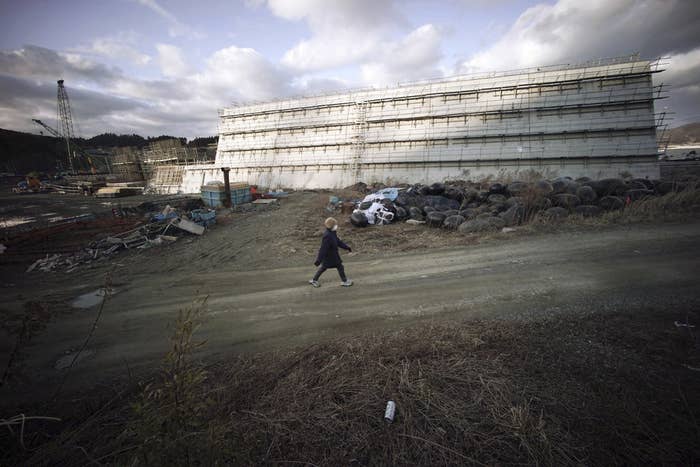
Japan plans to build a 250-mile chain of cement seawalls up to five stories high to protect the country against future tsunamis.
The project hopes to stop a repeat of the devastating March 2011 tsunami that killed about 19,000 people, destroyed much of Japan's northeastern coast, and led to the Fukushima nuclear disasters.
The government announced the plan, which was later nicknamed "The Great Wall of Japan" by detractors, a few months after the tsunami, according to the Guardian.
Japan's plan to build more than 400 seawalls is estimated to cost at least $6.8 billion and has already begun in the worst-hit areas.
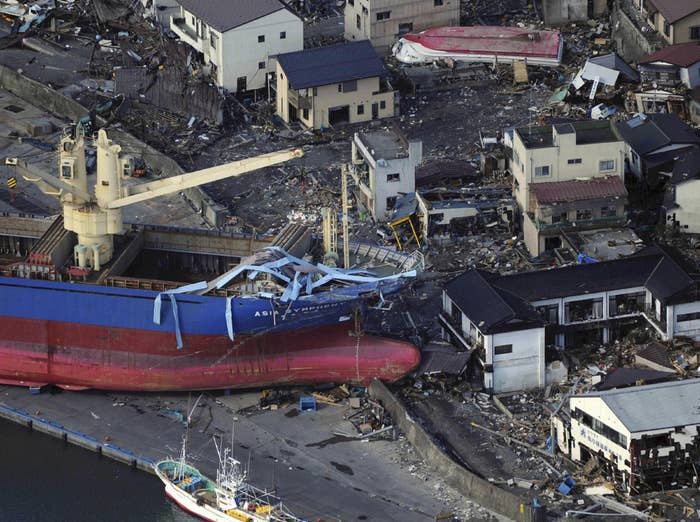
A number of people are in favor of the multi-billion dollar seawall project because it will create some jobs.
The governing Liberal Democratic Party, which is supported by backers in business and construction, has made the deal easy for the industry.
But critics say the walls do not guarantee safety.
When the 2011 tsunami smashed into Fudai in northeastern Japan, a concrete wall sheltered the village and all 3,000 residents survived.
But most walls along the northeast coast did not fare as well, including a $1.6 billion wall built along the city of Kamaishi that crumbled from the ocean's impact. More than 1,000 people died there.
"The problem is that you can't predict how high the next tsunami will be, so seawalls can never give you 100% security," Christian Dimmer, an assistant professor in the urban studies department at Tokyo University, said to the Guardian. "There will always be a risk."

Opponents argue that seawalls will make people more complacent.
Some of the 19,000 people killed in the 2011 tsunami were swept away by the waves after failing to heed warnings to evacuate.
Hiroko Otsuka, who grew up near Koizumi, where an already existing embankment is being fortified, told the Economist that seawalls make the situation worse.
In 2011, Otsuka said her mother and her brother's two children were killed. They could have been saved, she believes, if they had evacuated to the hill behind their house, but they thought the seawall would protect them.
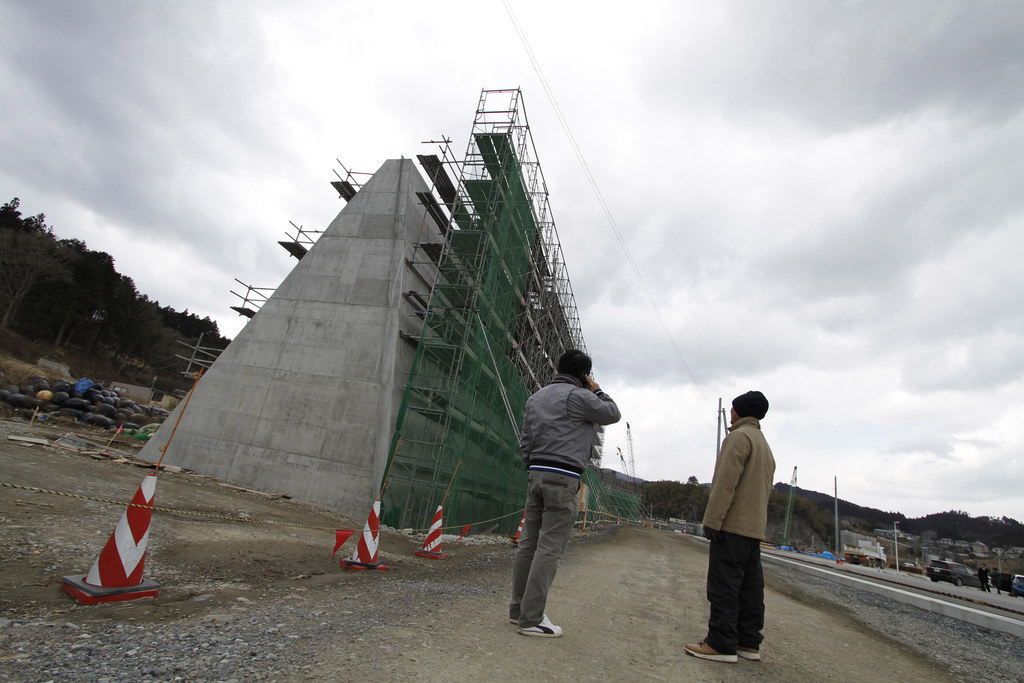
After the 2011 tsunami, some displaced residents are moving to higher ground.
In Koizumi, a wall is being designed to protect a village that has been moved almost two miles inland. The 48-foot-high seawalls being built there for a cost of $230 million could end up protecting nothing more than rice paddies.
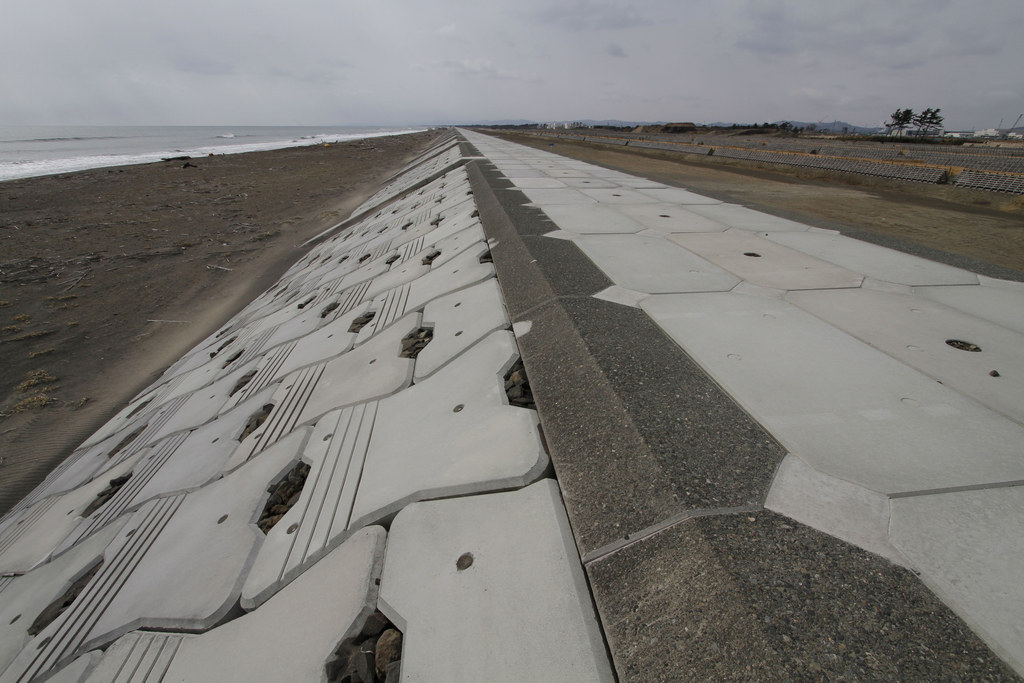
The walls will also block views of the ocean and create an eyesore, critics say.
In the northern fishing port of Osabe, a 41-foot-high concrete wall has blocked the view of the sea, the Associated Press reported.
Kazutoshi Musashi, who lived in Osabe but has moved inland since the tsunami hit, says the wall looks like the inside of a jail.
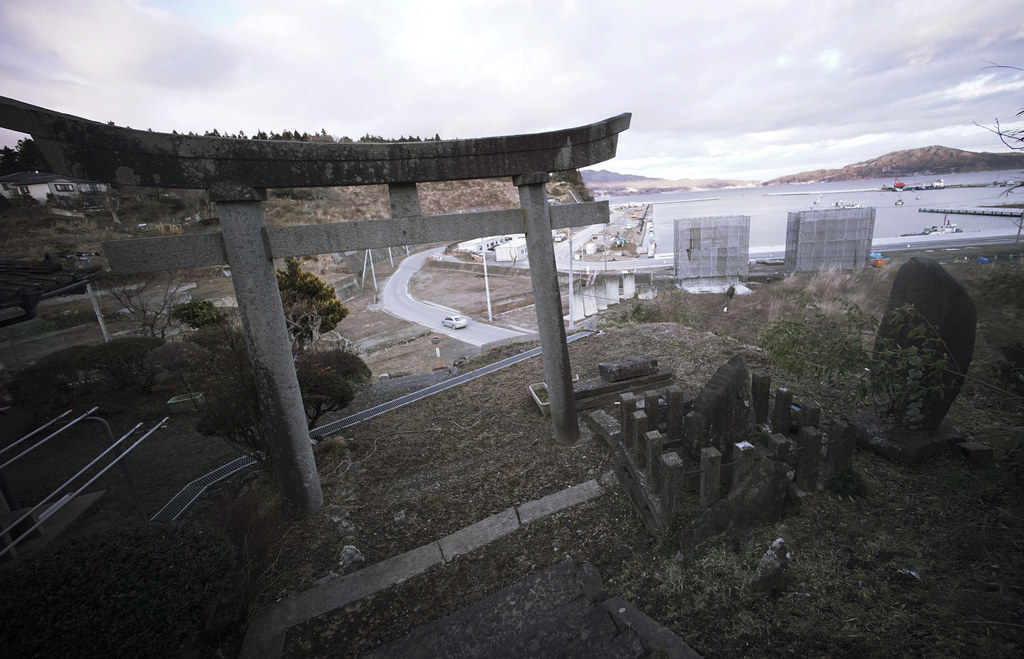
An alternative plan to the seawalls is to plant forests along the coasts on tall soil mounds to help create a barrier.
According to advocates of the idea, a "Great Forest Wall" may not stop massive waves, but it would slow their impact and give people more time to evacuate.
"Actually, many people are in favor of the sea walls, because they will create jobs," Tomoaki Takahashi, a proponent of the forest barrier, told AP. "But even people who really don't like the idea also feel as if they would be shunned if they don't go along with those who support the plan."
Opposition to the seawall plan has also come from Prime Minister Shinzo Abe's wife, Akie.
"Please do not proceed even if it's already decided," she said in September last year. "I ask, is building high sea walls to shield the coast line really, really the best?"
